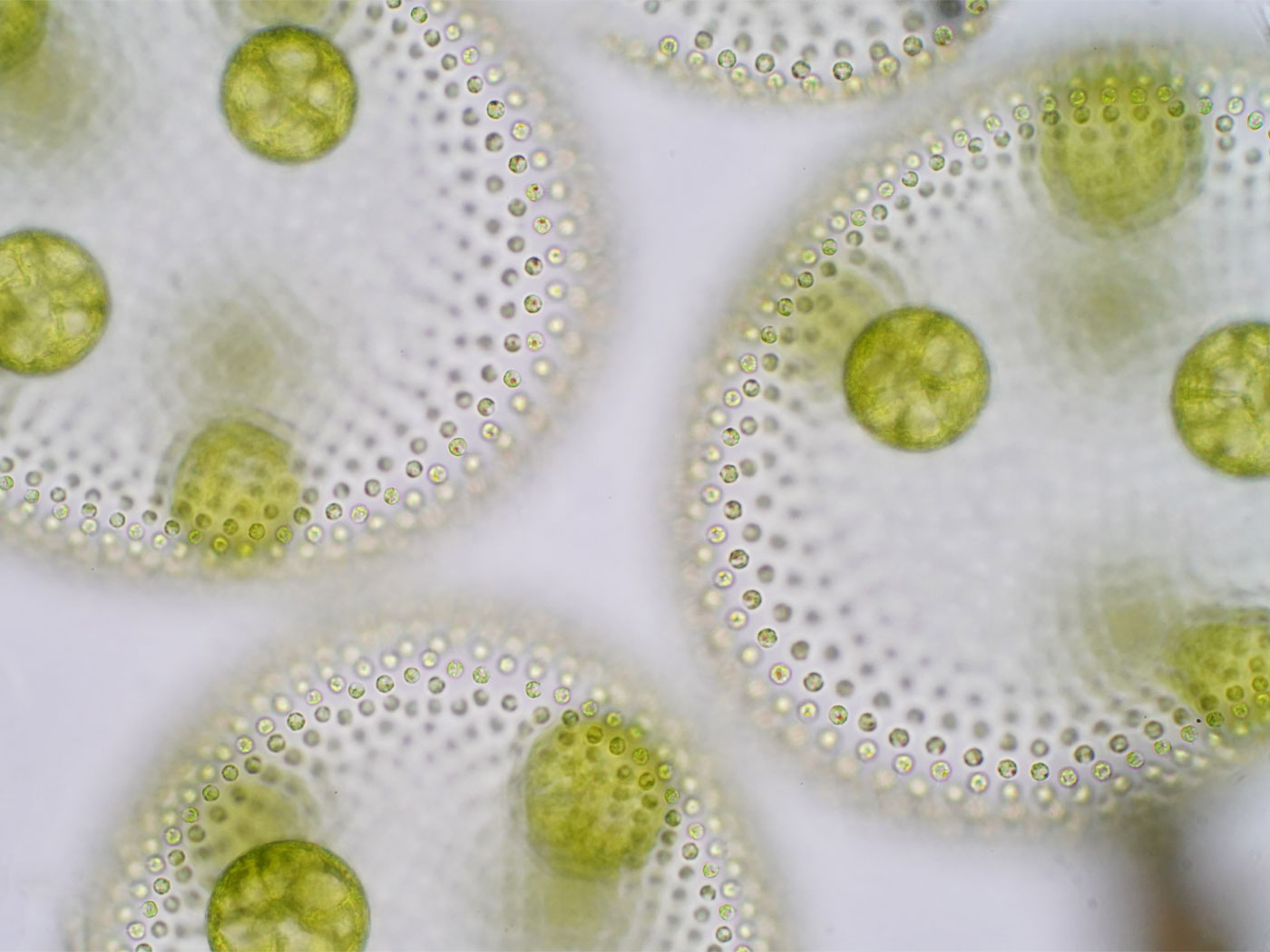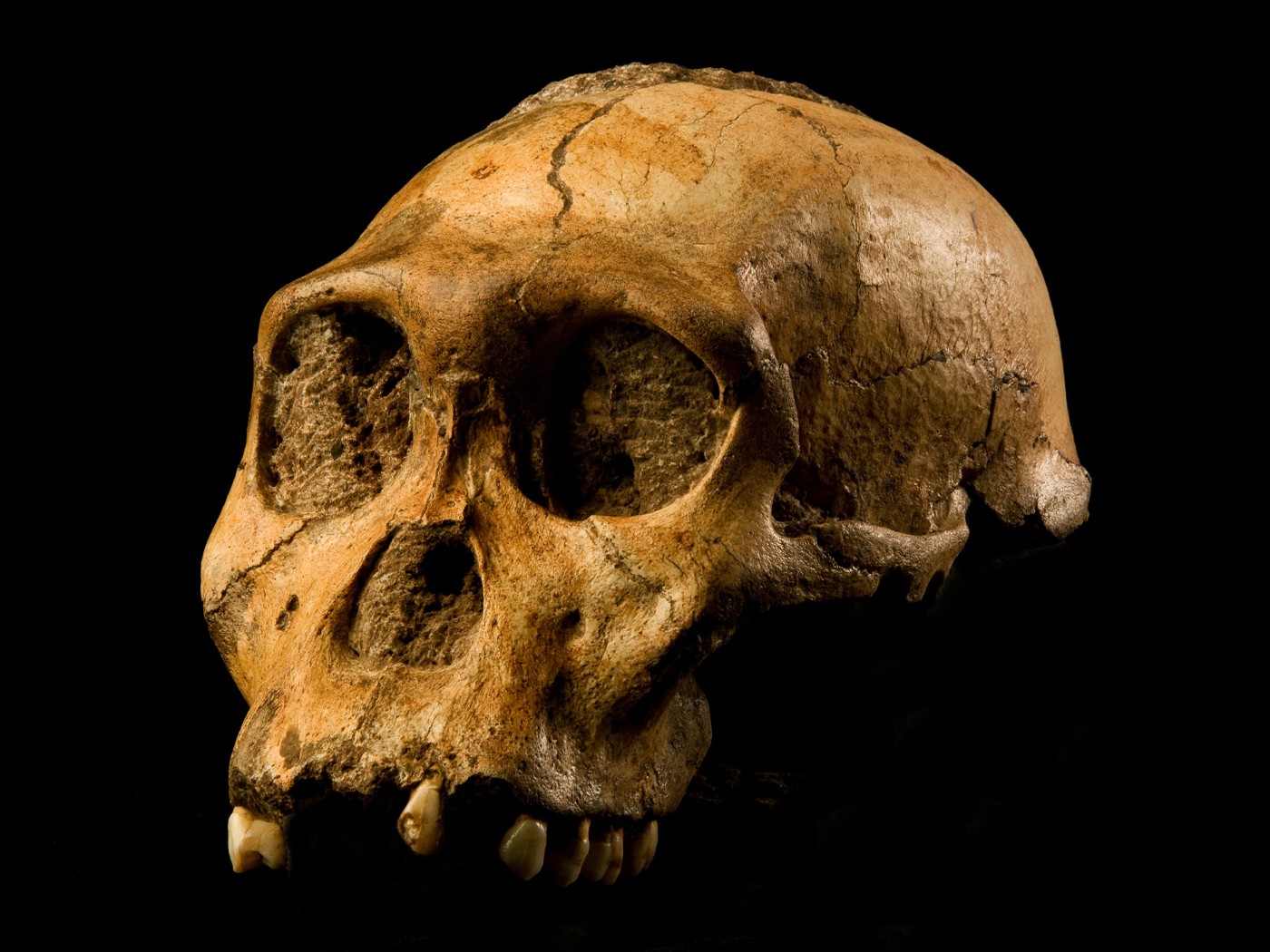There are two equally valid explanations for why some things share similar features. They may be part of a group, like motorcycles, “related” by commonly designed attributes. Or, like brothers, they may be related by common ancestry. After setting this premise, you can ask someone, “Do you know that evolutionists refuse to even look at evidence for common design, regardless of its scientific merits, because (as an eminent Harvard evolutionist asserted) they ‘cannot let a divine foot in the door’?”1
Some people will be surprised by the deliberate unscientific practices of evolutionists—which opens the door to the next question: “Have you ever heard why similar features are better explained by common design than common ancestry?”
Recognizing “Purpose” Opens Minds
The answer may liberate their minds to see more clearly what actually happens in nature. “Purpose” is the key word to expose how evolutionary philosophy first constrains, then distorts normal thinking. Evolutionists are adamant that the purpose of, say, a bat’s wings cannot be known. Be assured that they do see—actually quite clearly, according to Romans 1:20—the purpose of things in nature. But admitting purpose would imply intent, whose source has only been observed from intelligence. Thus, a tenet of atheistic evolutionary faith—rather than scientific evidence—forces evolutionists to willfully suppress the normal conclusions about purpose.
For evolutionists, bats just happen to have structures that just happen to “function” for flight—thinking that lacks coherence in any other realm. So it is now understandable why, for even extensive phenomena, the confined evolutionist’s mind can entertain only one explanation and then shuts down. As evolutionary authority Stephen Gould pronounced, “Why should a rat run, a bat fly, a porpoise swim, and I type this essay with structures built of the same bones unless we all inherited them from a common ancestor?”2
Gould may refuse to recognize purpose, but most people will not. Help them to consider a vital, overarching purpose the Lord gave to all creatures—declared after both creation and the Flood (Genesis 1:22, 28; 8:17; 9:1, 7)—which was to fill the earth. So Gould’s question has at least another explanation. It is not the bones, per se, but the distinctive shapes, control, and arrangements of the appendages—united with all of their other internal variability—that enable them to occupy environments.
A person must be willing to embrace three radical departures from evolutionary thinking.
- Stop looking to the extrinsic environment coupled to natural selection to explain the origin and primary source of adaptive capability, and start looking to the built in diversifying reproductive power of organisms. Environments do not select organisms for habitation. Rather, organisms occupy environments when they generate traits that fit.
- Drop the evolutionarily-tainted belief that answers to what causes adaptive change can be reduced to one or several components (e.g., DNA) of organisms—a fallacy basic to assertions of bit-by-bit origins from individual parts—and begin treating the entire organism as the minimum component necessary to reproduce, adapt, and fill environments.
- Embrace the search for purpose as a guide for biological research to encourage the broadest array of questions and testing of all possible explanations.
Changed thinking allows people to see nature as it really operates. One benefit is the liberty to treat Gould’s question fairly and consider all possible explanations.
A Better Explanation for Similar Features
It is better to approach design based on the biblical biological facts presented in Genesis 1:11-30—that the reproductive and adaptive capacity or “seed” of an organism was always programmed “in itself” to reproduce “after its kind” so that the organism could be “fruitful [divide/branch into diverse progeny] and multiply” to deliberately pioneer or “fill” environments of “the earth.” This whole-organism based approach is far more scientifically accurate.
Any explanation must explain these observations: diversity within, and similar features between, kinds of organisms; and stasis, meaning a fossil and its living counterpart show remarkably little change.3 Biological life is fundamentally discontinuous, meaning organisms fit only one phylum, class, and order. Common descent explanations generally clash with these observations.
However, the premise that structures in many life forms are manufactured for similar purposes but applied in different environments is very plausible. Electric motors powering a toy train or subway operate by the same principles and may have similar parts made from the same materials. But it is the specification that regulates manufacturing of unique shapes and arrangements that allows them to fit specific applications.
So, knowing that organisms, per their kind, must generate traits to thrive on the same planet but occupy diverse niches, several biological predictions would be:
- Similar features could be based on similar design to fulfill similar purposes.
- Body forms are tied directly to embryonic development.
- Developmental pathways, therefore, would have some similarities.
- Some major similarity in genes for regulating development and proteins would be found in many organisms.
- Extreme multi-step specified regulation over thousands of details is of utmost importance to produce unique organisms that yet may have similar overall plans.
- Thus, multiple layers of hierarchical information and machinery exist.
- For any kind of organism, internal abilities to reproduce diverse offspring will not be explained in the cellular machinery, nor solely in genetics, nor fully encompassed in information of developmental paths, but found as a unit that cannot be reduced lower than the organism itself.
This is what is found. Organisms are programmed to adapt to fill environmental niches. Genetics and developmental pathways help control embryonic development of similarity in form from flies to dinosaurs. But flies are flies because of uniquely specified developmental controls. This information is previously encoded in the entire organism—not just the genes—to control embryonic development. Reproduction transmits the entire system to the next generation.
Learning a Short Example
Prediction five is important and illustrates how to treat similar genetic sequences. Complex regulatory networks control cells during embryologic development and thereafter. Networks are intracellular logic paths. Say an organism needs a protein coded by a gene. Management of genes may be controlled by other DNA called a “promoter.” Control of the promoter is achieved by other products (either DNA or proteins) called “regulators” that can activate or suppress promoters. Often, multiple regulators control promoters, and they may control each other via internal logic strategies like “AND gates” or “OR gates,” which may respond to concentrations of regulators or protein products. Regulators are activated by “signals” usually sensed by the cell membrane.
Clearly, networks yield abundant combinations with extensive results: from proteins to forming totally different cell types. Broader regulations direct the shapes of diverse organisms from larger (often similar) portions of DNA. And similar networks exist in humans to bacteria. How do evolutionists say they originated?
Network expert Dr. Uri Alon brings enlightenment: “Did network motifs such as FFLs [feedforward loops] evolve in a similar way, in that an ancestral FFL duplicated and gave rise to the present FFLs? In most cases, it seems that the answer is no.” That is because, though protein sequences may be similar, “the sequence of the regulators is sometimes so different that they are classed into completely different transcription factor families.” So, how is network similarity explained? “It therefore seems that, in many cases, evolution has converged independently on the same regulation circuit.”4
So, Gould insists that similar arm bones are explained only by common ancestry, but Alon insists that similarities in regulatory networks are not due to common ancestry—but “evolution” repeatedly chanced upon it.
It is ironic that Darwin mocked the creationist view (which science may just establish) “that it has pleased the Creator to construct all the animals and plants in each great class on a uniform plan” as “not a scientific explanation,”5 while his disciples struggle to explain similar features in terms of common ancestry…or not.
Pulling It All Together
People are well able to discern the purpose of a bat’s wing, so emphasizing the similar purpose of various organisms’ similar features is a natural pushback to evolutionism’s implicit atheism. Organisms interacting with environmental properties on the same planet would be expected to share similar features. Research has shown elements in developmental pathways and genetics common to many creatures forming similar structures, yet under an exquisite control that directs them into the applications for each unique kind of creature. These same programs allow remarkable adaptability of most of those structures.
These facts will point people to see how life really operates. Expose evolution’s substitute god, natural selection, by showing that “nature” never “selects” or “acts on” organisms, but rather creatures occupy environments when the population’s inherent adaptability generates traits that fit assorted niches. This innate ability is programmed into the entire creature, right from the original creation, enabling it to satisfy the Lord’s purpose for His creatures to fill the earth.
References
- Lewontin, R. 1997. Billions and Billions of Demons. The New York Review of Books. 44 (1): 31.
- Gould, S. 1994. Evolution as Fact and Theory. In Hen’s Teeth and Horse’s Toes. New York: W. W. Norton & Company, 253- 262.
- An outstanding resource documenting widespread stasis is Werner, C. 2008. Living Fossils. Evolution: The Grand Experiment, vol 2. Green Forest, AR: New Leaf Publishing Group.
- Alon, U. 2007. Network motifs: theory and experimental approaches. Nature Reviews Genetics. 8 (6): 459.
- Darwin, C. 1872. The Origin of Species By Means of Natural Selection, 6th ed. London: John Murray, 383.
* Dr. Guliuzza is ICR’s National Representative.
Cite this article: Guliuzza, R. 2010. Similar Features Demonstrate Common Design. Acts & Facts. 39 (11): 10-11.














